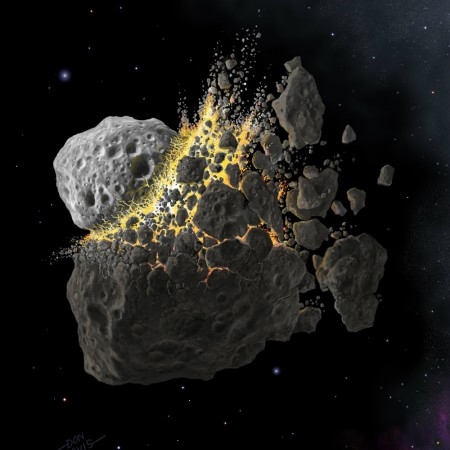
As NASA is busy tracking near-earth objects that could pose a huge threat to human extinction, the European Space Agency (ESA) has discovered a new asteroid that may hit the earth in the near future. The asteroid has been named 2019 SU3, and its chances of a deadly collision with the earth are one out of 152.
After analyzing the available data, ESA revealed that this dangerous asteroid could hit the earth in less than 70 years from now. 2019 SU3 is currently listed as the fourth most dangerous asteroid in ESA's risk list. As the chances of collision are pretty high, ESA is closely monitoring the trajectory of this asteroid.
The European Space Agency also predicted that the possible collision date will be on September 16, 2084. This asteroid measures approximately 46 feet, and considering its size, it may not trigger devastation on a global scale, but it will cause a catastrophe in the affected area.
Other asteroids that could threaten human extinction in the future are asteroid Apophis and asteroid 52768 (1998 OR2). Asteroid Apophis, named after the Egyptian God of Chaos will make its close approach in 2029. In 2029, this rogue space body could fly within 19,000 miles of the earth's surface. It should be noted that most of the geostationary satellites are orbiting earth at an altitude of 22,000 miles, and this factor clearly indicates that earth is in danger as Apophis makes the close flyby.
On the other hand, asteroid 52768 (1998 OR2) measures more than 4.1 kilometers in diameter, and it is expected to make its close flyby on April 29, 2020. At the time of this close flyby, this asteroid will be approximately 6.3 million kilometers away from the earth. During its close approach, several factors may elevate the chances of a collision, and it includes the most crucial gravitational keyhole. It should be noted that gravitational keyhole is an area in space where asteroids get affected by the gravitational pull of nearby planets.








